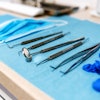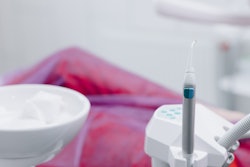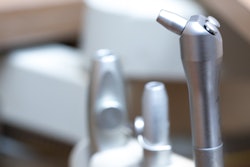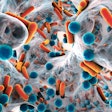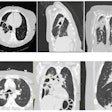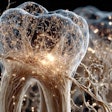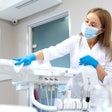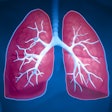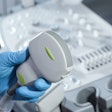Treatment with neutralized electrochemically activated solutions (ECAS) may improve water quality in dental unit waterlines (DUWL), according to a study recently published in the Journal of the American Dental Association.
Furthermore, using ECAS for shock treatment and continuous maintenance reduced bacterial counts by disrupting and preventing biofilm regrowth in DUWL, the authors wrote.
“The neutralized ECAS is highly effective in eliminating the planktonic bacteria in DUWLs and is able to partially remove the established biofilm in DUWLs,” wrote the authors, led by Dr. Zhe Zhong, PhD, of the Loma Linda University School of Dentistry (JADA, September 2025, Vol. 156:9, pp. 718-728).
To test neutralized ECAS for its ability to improve DUWL water quality by evaluating its bactericidal effects and biofilm removal capacity, 15 dental units were randomly selected and three served as untreated controls. The remaining units were divided into two groups. One group received shock treatment twice a month for five months, and the other received weekly shock treatments for four months, they wrote.
Each shock treatment involved flushing DUWLs with concentrated ECAS on Fridays, leaving the solution in place over the weekend, then flushing with distilled water on Mondays before switching to diluted ECAS for daily use. Water samples were collected and cultured to measure bacterial counts.
After five months, the group that was treated twice per month showed significantly reduced bacterial counts compared with the control group (p < .001), confirming that ECAS effectively reduced planktonic bacteria in DUWLs. Starting in the second month, this same group consistently had significantly lower counts (p < .001), with the greatest differences in the fourth and fifth months (p < .001), they wrote.
Further analysis confirmed that the DUWLs treated twice per month maintained significantly lower bacterial counts than controls throughout the five-month study (p < .001), supporting the long-term effectiveness of ECAS.
By the end, both sets of waterlines that received shock treatments showed partial biofilm removal with no detectable live bacteria, while the control group retained a thick biofilm layer with live bacteria across the internal surface.
However, the long-term durability of units treated with ECAS remains unknown, as its potential to cause internal corrosion beyond the study period requires further research, the authors added.
“This potential corrosion issue needs further investigation through future studies to assess and monitor internal damage within the dental units,” they wrote.


